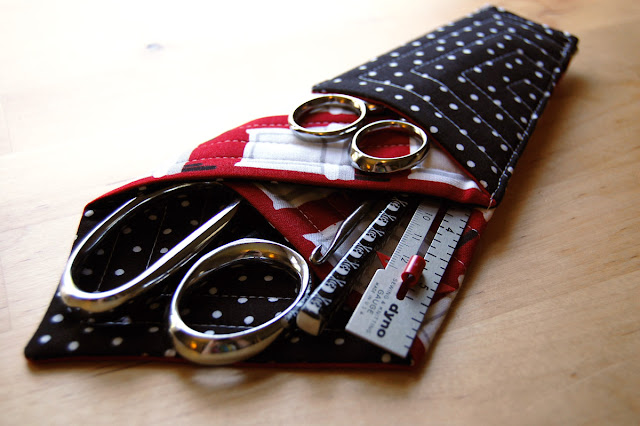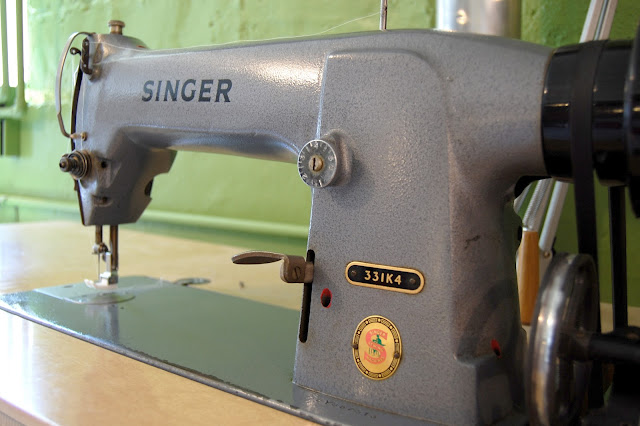Baby Changing Pad Tutorial
Finished size measures 13" x 24" opened and 9" x 13" folded up.



MATERIALS AND SUPPLIES NEEDED:
Supplies:
Yardstick or 24" long ruler
Fabric marking pen or pencil
Permanent fine tipped marker
Temporary spray adhesive or pins and office clips
Sewing machine - straight stitch
(Optional) Walking foot attachment
Materials:
13" x 24" piece of heavyweight or home dec fabric (for outside of pad)
13" x 24" piece of heavyweight craft interfacing (Craft-Bond)
2 - 13" x 24" pieces of craft fleece or thin cotton batting
13" x 24" piece of printed vinyl OR one piece of cotton print and one piece of iron-on vinyl (Heat 'n Bond Iron-On Vinyl gloss finish)
STEP 1: Cut out all of your materials to size.
STEP 2: Grab the fabric rectangle for the bottom layer that will become the OUTSIDE of the butt-pad.
On the wrong side of the fabric, iron on the heavyweight craft interfacing following the manufacturers instructions.
STEP 3: With the bottom piece of fabric right side down so the interfacing shows, layer the 2 pieces of batting or fleece on top.
Secure the layers together with temporary spray adhesive (or use lots of pins). Using a ruler and fabric marker, draw a line across each side 7 ½” from each end. Sew along each line stitching through all layers. Then set this part of the project aside.
If you are using pre-printed vinyl or other waterproof fabric, skip down to step 5.
STEP 4: Fuse the iron-on vinyl to the top fabric following manufacturer’s instructions.
TIPS: Make sure your ironing surface is as flat as possible before ironing. If you have an electric iron without steam holes, use it - the vinyl adheres best with dry heat and pressure.
The business side of the iron-on vinyl is tacky, and when lining up fabric I find it easier to lay the vinyl shiny side DOWN (tacky side UP) on my work surface, lining up the fabric right side down until edges are even. Then press the fabric to the tacky side, starting in the middle and working out towards the edges.
Don’t forget to use the paper backing as a press cloth, you don’t want to see the mess that happens if you forget! (Does it sound like I may have screwed this up once? A-hem.)
STEP 5: Layer the finished vinyl coated fabric on top of the batting or craft fleece and hold in place using temporary spray adhesive.
Using a straight edge and marker, make a line about ¼” in from each side.
Take a bowl, small plate, coffee can (you get the picture) and place on each corner, tracing around the corner with the marker.
Stitch along the drawn marker line using a long basting stitch. A walking foot attachment will help keep the layers from shifting while you are basting. Or, secure the edges using small office clips or clothespins to hold layers together as you stitch; avoid using straight pins at this step to keep from poking holes in the vinyl.
Trim the edges close to the stitching.
STEP 6: Then apply the bias binding to the edge. I am using pre-packaged cotton quilt binding. Here is a great video tutorial for applying bias tape! If you're careful, you can pin the bias tape so that the holes will all be covered by the tape when finished.
Fold the pad along each of the stitched lines and go!
I hope you enjoy this easy project. Post a link if you happen to put one together and post a picture, I'd love to see it. Happy sewing!




Comments
Thanks so much!!
Hope you can visit me at http://sewnso.blogspot.com